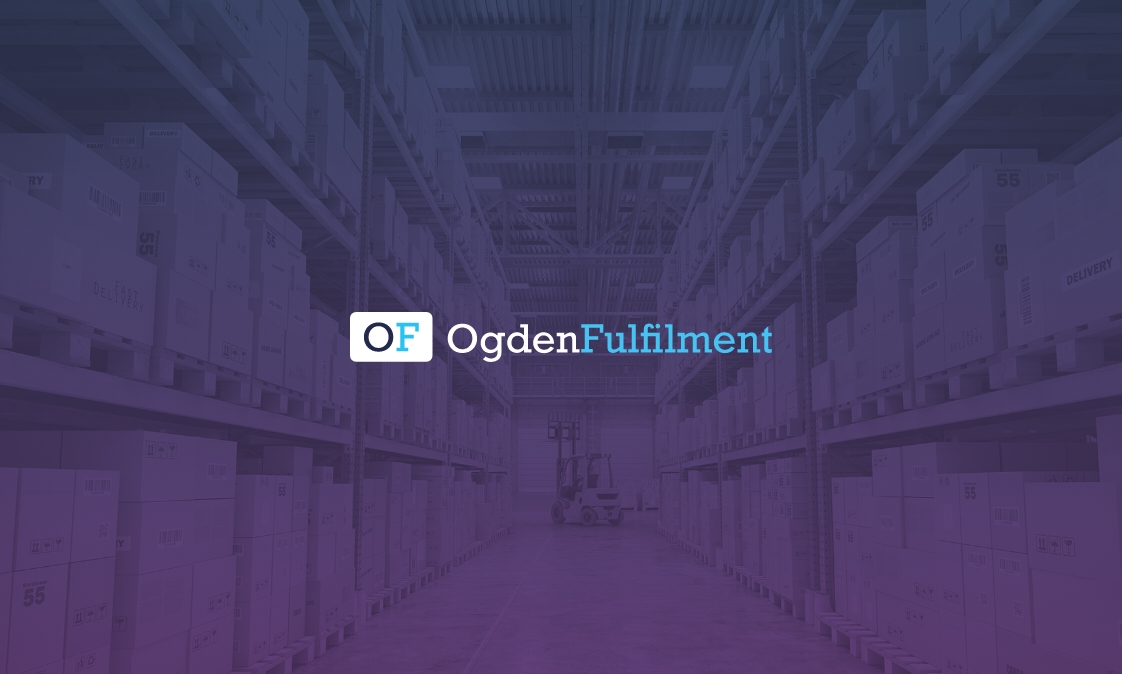Shopify vs WooCommerce – Which Is Better For Your New Business?
02/01/2021 | Share:
If you’re considering starting a new ecommerce business or even redoing your ecommerce website, you’ll likely need to pick an ecommerce platform. An ecommerce platform acts as the framework on top of which your store is built. They allow the implementation of a number of features that an ecommerce business needs to succeed. These include orders and inventory management, order processing and payments, pricing and promotions, analytics/reporting and more.
So that you can make a more informed decision, we’re taking a look at the two most popular ecommerce platforms out there today – Shopify and WooCommerce. This article will explain the differences between these to help you decide which is right for you at this point in time.
We’re going to be looking at cost, ease of use and customisability.
The main differences between Shopify and WooCommerce
The first thing you’ll notice about the two is that Shopify is an all in one dedicated e-commerce interface, whereas WooCommerce isn’t.
Shopify hosts the website for you and gives you all the tools you need to set up and make changes to your store. You log in to Shopify for everything related to the website and pay a monthly fee to them.
WooCommerce on the other hand is a WordPress plugin that you install onto your existing website. You can access WooCommerce tools relevant to your website by logging in to the WordPress backend of your website. You’ll be paying separately for WooCommerce, website hosting, payment gateways, SSL certificates etc.
Cost
For the basic Shopify package, you can expect to pay $29 per month. This includes hosting an online store with a blog, unlimited products, 2 accounts, 24/7 support and allows for up to 4 store locations. The most advanced package offers the most benefits for $299 per month. Full pricing and features can be found here. Regardless of what package you choose, you know how much you’ll be charged and in one go.
The basic WooCommerce package is simply a free plugin for WordPress. Sounds great, doesn’t it? But, you’re forgetting that although WordPress and WooCommerce are free, hosting, domains and payment gateways are not. The cost of having a WooCommerce website will therefore depend on what WordPress hosting you choose, the domain and the payment gateways you choose to install. It could actually be more expensive than Shopify, once all the individual costs are added up.
WooCommerce makes their money through plugin extensions, which will also be a factor to take into account, depending on your business. Examples of extensions include booking appointments, a waitlist for out-of-stock products or a reviews section.
Ease of Use
Shopify is deliberately intended to be easy to use. It’s perfectly feasible for someone with little website development experience to build their own store using the themes available. Everything is editable in a WYSIWYG editor. WYSIWYG stands for What You See Is What You Get which means you can simply rock up to the Shopify website, sign up and start adding bits to your website as they’ll appear for your customers.
Shopify’s ease of use does have its drawbacks though. By using the free themes, it means there’s a good chance there are other stores out there that look similar to yours.
WooCommerce, however, can be a little more difficult to get to grips with if you’ve got no development experience. It requires knowledge of WordPress and requires you to already have a domain registered and hosted. You’ll have to do all of this separately and also have a website ready to go. If you’ve got an existing website already, it will be much easier and quicker to get ecommerce up and running. Without a developer, you’ll likely need to dedicate some time to tutorials.
The upside to this more complex approach is that you have much more control and flexibility over your website and you’re not limited to the 3-tiered packages at Shopify.
Customisability
Shopify offers some customisation options within its WYSIWYG editor and allows you to purchase themes made by other developers. It also allows you to create your own discounts and edit them dynamically to automatically apply buying incentives as well as customise the checkout. Shopify does its best to offer a range of customisation, but this is all within the limits of its platform and doesn’t give you a 100% bespoke approach.
Since WooCommerce is a WordPress plugin, it is only one part of the WordPress website. Whilst you can customise the website with WooCommerce plugins, your website can also be fully customised via the WordPress content management system or through coding. With this approach, the possibilities are only limited by your imagination and your knowledge of coding.
Summary
Overall, Shopify is ideal if you want a single and simple upfront cost, set up in minutes. You can customise your store pretty easily and everything including security and hosting is handled for you.
Just be aware that you have limited control over your site and that better customisation options can be found elsewhere.
WooCommerce is likely the best option if you’ve got a developer working for you or if you’re prepared to invest time and money in learning WordPress. It’s great for creating a website that is uniquely yours that you want full control over.
Make sure you understand how to manage the security, hosting and maintenance of your website. WordPress is one of the most popular content management systems in the world, so there’s plenty of support and resources out there if you need it.







